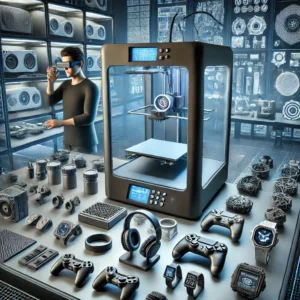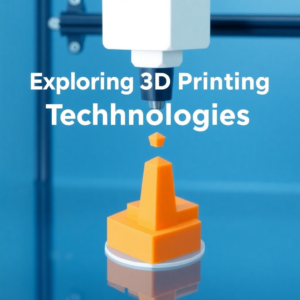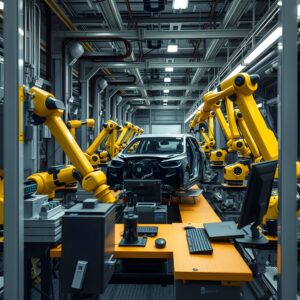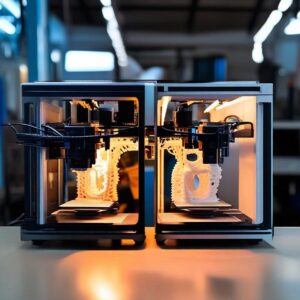How 3D Printing Fuels Innovation in Consumer Electronics

Explore how 3D printing is driving innovation in consumer electronics with rapid prototyping, customization, and sustainable production methods.
The Future of Consumer Electronics in 2024
Introduction: 3D printing is making waves in the consumer electronics industry by speeding up product development, allowing for greater customization, and supporting sustainable production. In 2024, this technology is playing a key role in bringing innovative and personalized gadgets to market. Let’s dive into how 3D printing is transforming consumer electronics.
1. Rapid Prototyping for Faster Product Development
First and foremost, 3D printing enables companies to create prototypes of electronic devices much faster than before. Instead of waiting weeks to develop a prototype, manufacturers can now produce one in just a few days.
Why Is This Important?
Rapid prototyping helps companies test and refine their products quickly, allowing them to bring new devices to market faster. For example, smartphone manufacturers can 3D print and test new designs quickly, making changes before moving to mass production.
2. Customization for Unique Electronics
Another advantage of 3D printing is the ability to customize electronic devices based on individual preferences. Consumers today want gadgets that match their style, and 3D printing makes this possible.
How Does This Benefit Consumers?
Customization allows people to own electronics that feel more personal. For instance, you can design a phone case with your name or a smartwatch band in your favorite color.
Example: Some companies offer 3D-printed earbud covers that are molded to fit your ears perfectly, providing a more comfortable and personalized experience.
3. Lightweight and Durable Electronics
3D printing also allows manufacturers to create lightweight yet strong electronic devices. This means products are easier to carry and less likely to break, improving the overall user experience.
Why Is This Beneficial?
Lighter electronics are more convenient for consumers, especially those who travel frequently. Plus, durable products mean fewer replacements, which saves money in the long run.
4. Sustainable and Eco-Friendly Production
Finally, 3D printing supports sustainable practices in the electronics industry by reducing waste and allowing for the recycling of materials. Instead of discarding old electronics, parts can be reused to create new products.
How Does This Help the Environment?
By using fewer resources and minimizing waste, 3D printing helps reduce the environmental impact of producing electronics.
3D Printing and the Future of Electronics
All in all, 3D printing is driving innovation in consumer electronics by making production faster, more customizable, and more sustainable. As technology advances, we can expect even more exciting developments in the world of electronics.
For other insights and projects, be sure to explore our Key Technologies in 3D Printing or Uses of 3D Printing column




